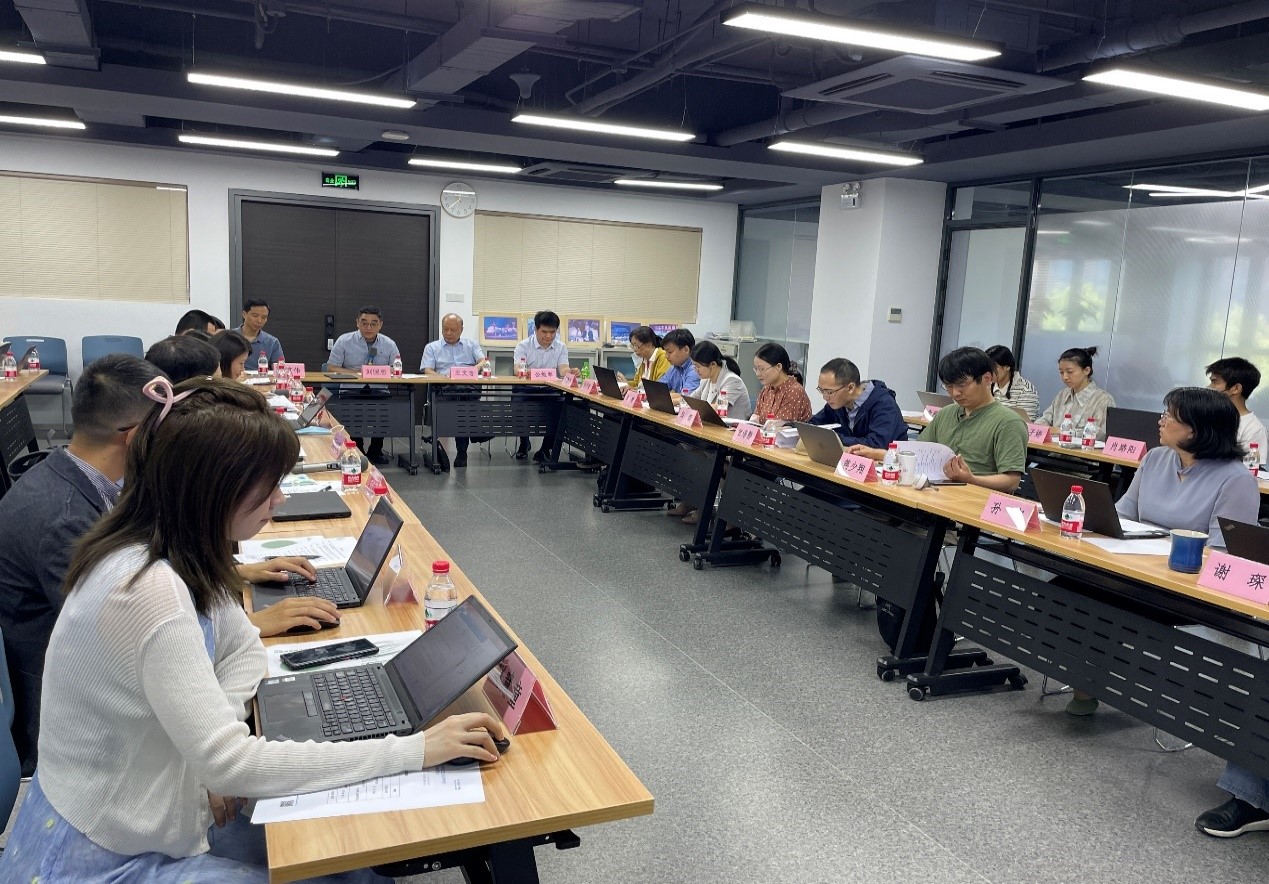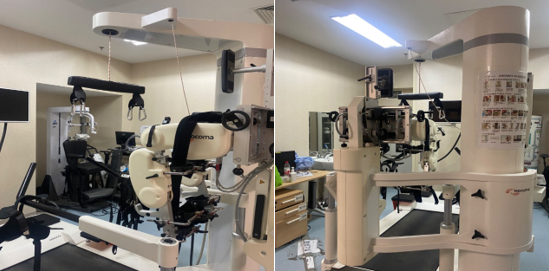National health statistics and research have consistently shown that stroke has been a leading cause of death in China. The 2023 “Chinese Stroke Prevention and Treatment Report” found that the number of stroke patients over 40 was 12.42 million, making China the country with the highest stroke prevalence. Research has shown that stroke rehabilitation is the most effective strategy for reducing disability rates. Yet, over time, stroke survivors show decreased compliance with rehabilitation treatment recommendations. Identifying and addressing factors that affect rehabilitation compliance can improve the quality and effectiveness of treatment. Existing studies on stroke patient rehabilitation compliance primarily focus on four aspects: the patient, rehabilitation doctors, hospitals, and society. There should be more research on factors influencing stroke patient rehabilitation compliance in China.
The research team at the Institute for Global Health and Development at Peking University recently conducted a study on the factors affecting stroke patient rehabilitation compliance. The team searched online databases including CNKI, WanFang, VIP, CBM, PubMed, Embase, Cochrane Library, and Web of Science. Additionally, they searched databases such as NICE, SIGN, and YiMaiTong for relevant literature. Researchers designed interviews, convened with experts, and invited experts from the National Health Commission and the Beijing Neurosurgical Institute to provide guidance and revisions for initial interview questionnaires.

The research team employed a semi-structured interview method to interview neurosurgery and rehabilitation experts in six representative cities in China: Beijing, Tianjin, Shanghai, Wuhan, Harbin, and Chengdu. Dr. Meng Liu and Dr. Ziting Wu trained members of the research team in interviewing. Preliminary interviews were conducted at a tertiary hospital in Beijing. Building on initial research, the research team conducted another two and a half months of on-site interviews between August and mid-October 2023.

To ensure that interview content accurately reflected the rehabilitation experiences of stroke patients, the team used purposive sampling to select interviewees. All interviewees were required to be from hospitals in the provinces and cities mentioned above. Hospital selection was based on the "National Advanced Stroke Centers Comprehensive Ranking" document provided by the National Health Commission’s Office of the National Stroke and Prevention Committee. Rankings were released by the China National Clinical Research Center for Neurological Diseases and included stroke rehabilitation hospitals and institutions. Interviewees had to be experienced stroke rehabilitation experts and hold leadership positions in stroke-related disciplines.
Based on the above criteria, the research team selected 25 interviewees from different hospitals in the six provinces and cities. 17 were from rehabilitation departments, and 4 each were from neurology and cardiology. Twenty worked in tertiary hospitals, and five worked in secondary hospitals. Among the interviewees, there was 1 professor, 3 associate professors, 12 chief physicians, 8 associate chief physicians, and 1 attending physician. 22 experts participated in in-person, on-site interviews.
The research team used inductive content analysis to identify, describe, and analyze the factors influencing stroke patient rehabilitation compliance. The team is currently summarizing the results, and the research report is expected to be completed soon.
(Interpreted by Waverly Shi)